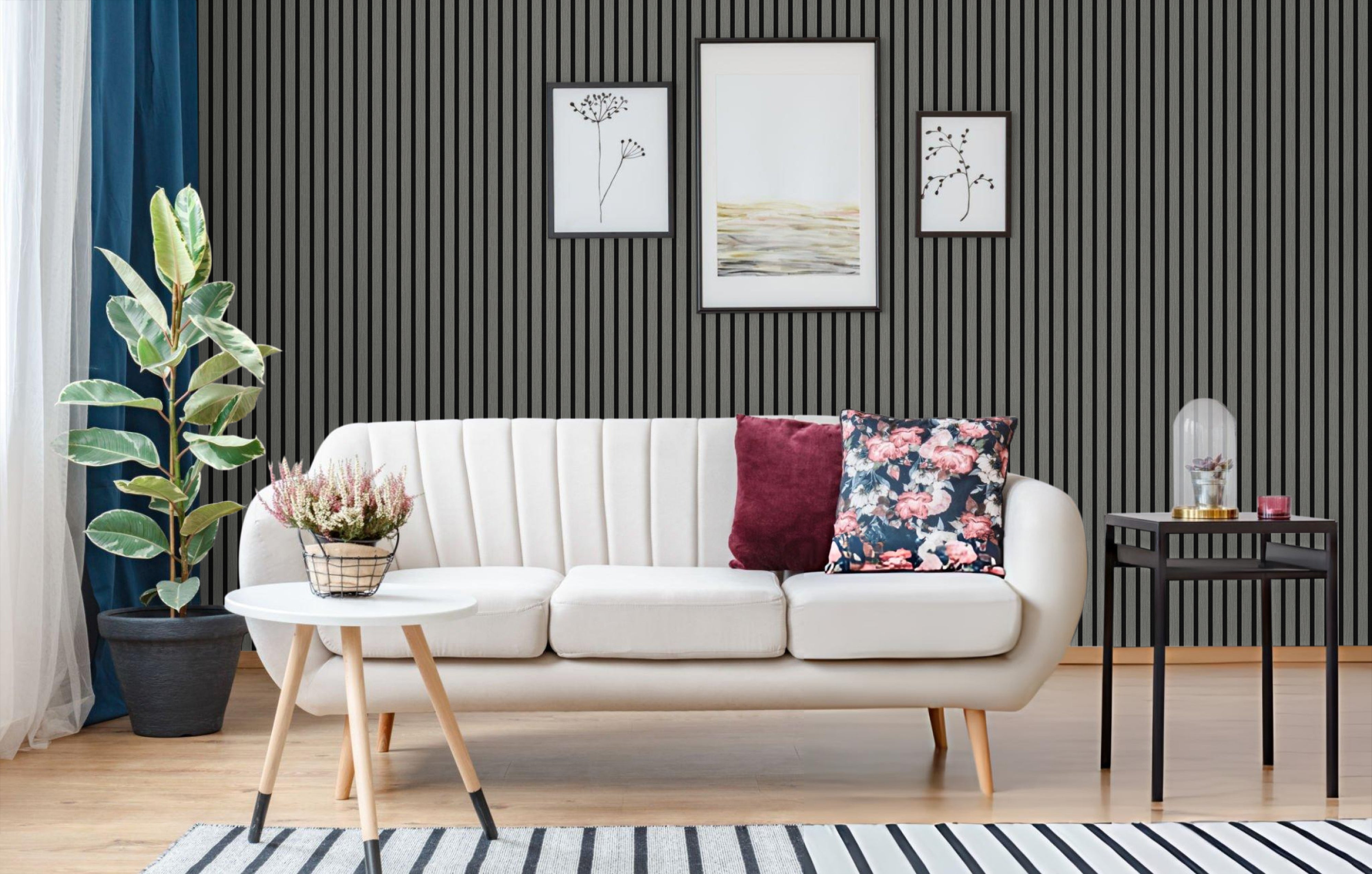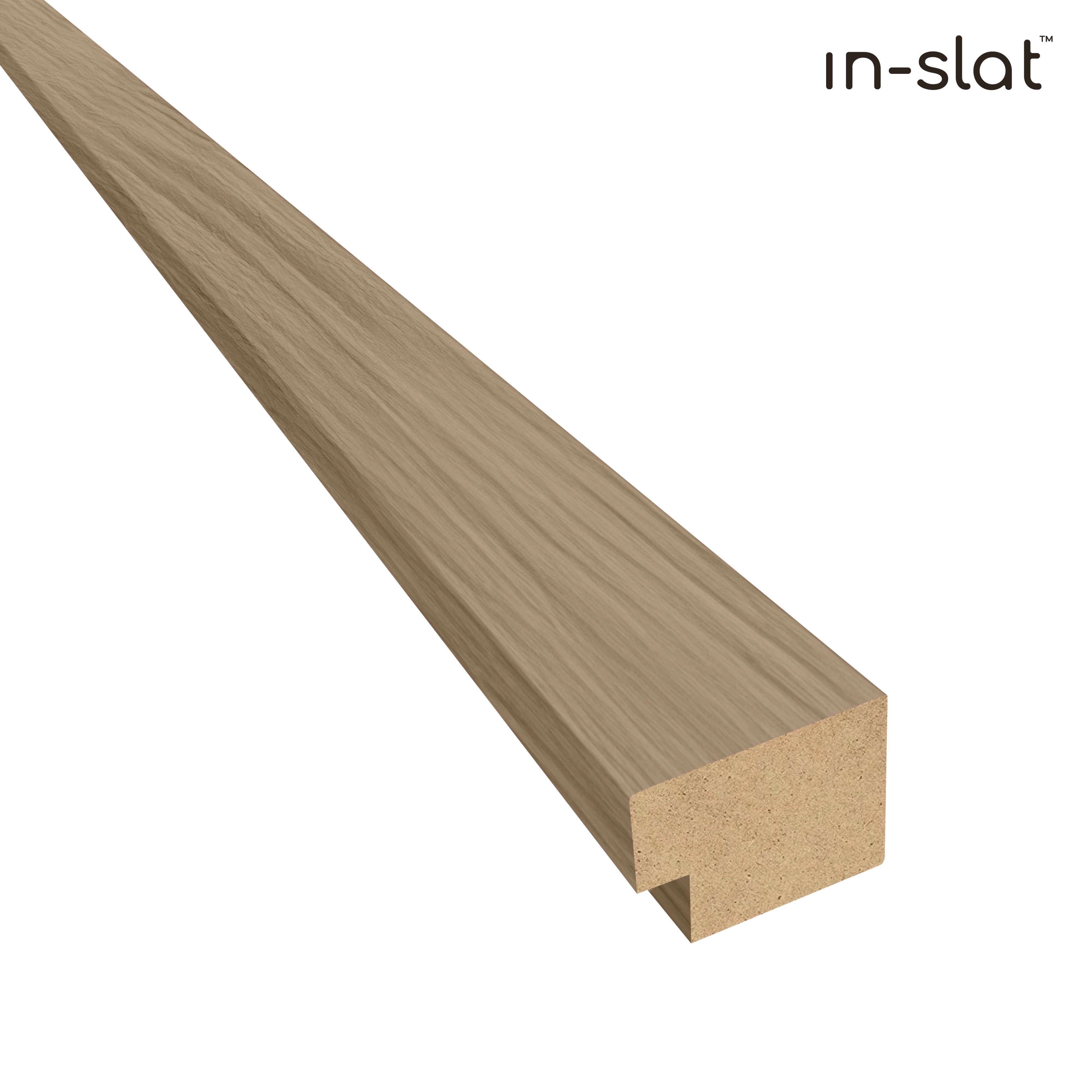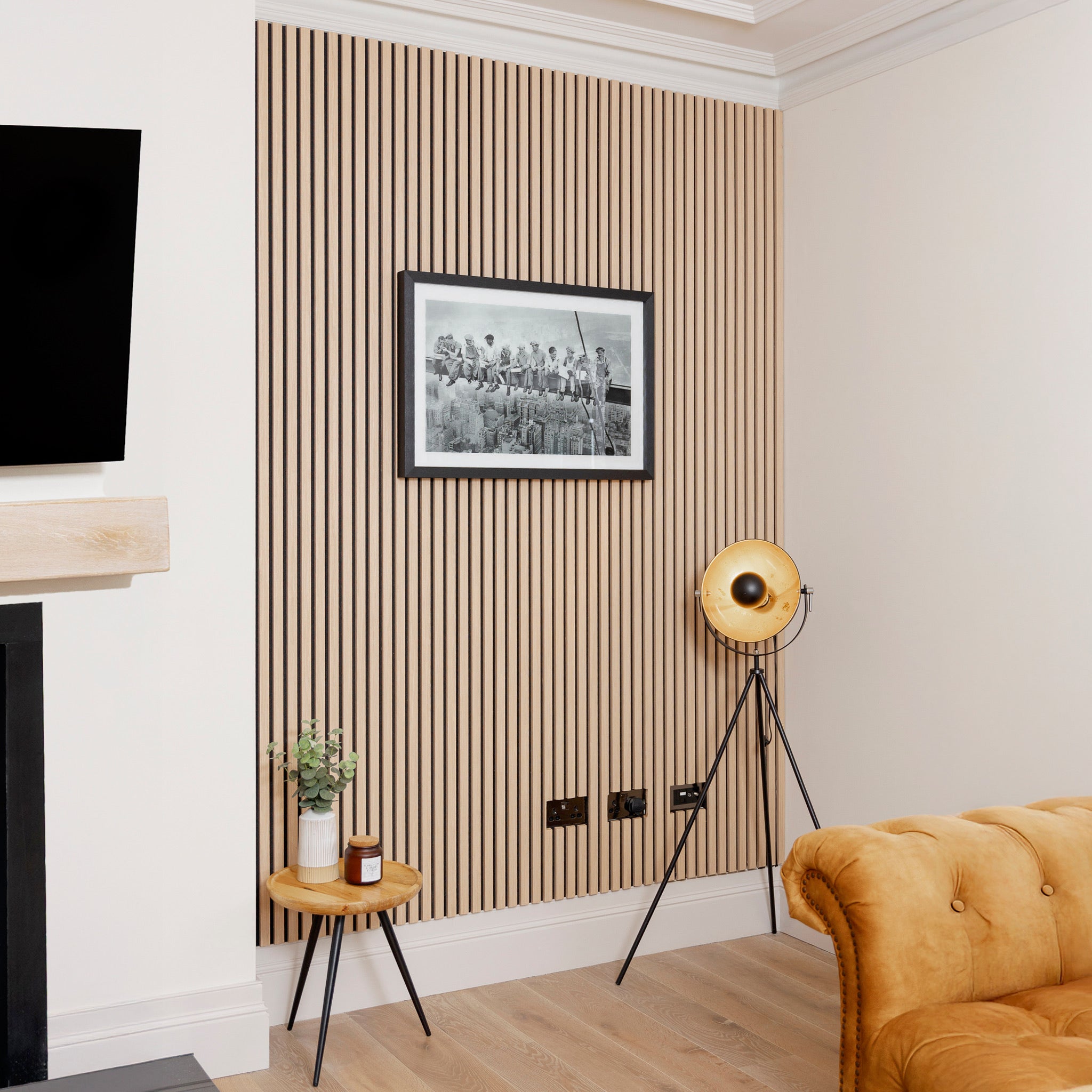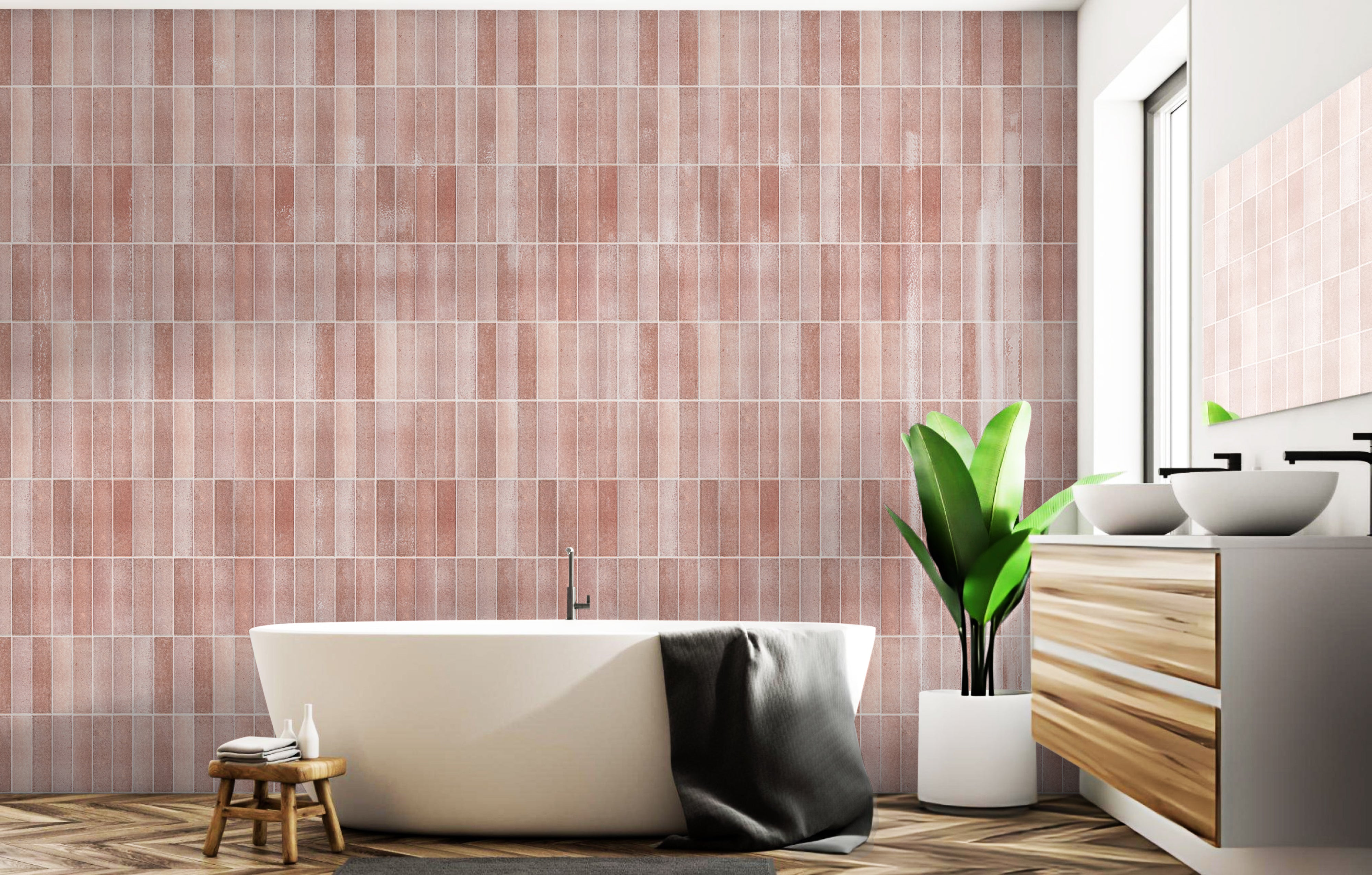Premium Products Designed to Elevate your Home
Pair text with an image to focus on your chosen product, collection, or blog post. Add details on availability, style, or even provide a review.
Frequently Asked Questions
What are acoustic wall panels and how do they work?
What are acoustic wall panels and how do they work?
Acoustic wall panels are sound-absorbing materials designed to reduce echo and reverberation within a room. They work by absorbing sound waves, preventing them from reflecting off hard surfaces like walls and ceilings. This absorption enhances sound clarity and reduces noise levels, making them ideal for spaces like offices, studios, and home theaters
Do acoustic panels soundproof a room?
Do acoustic panels soundproof a room?
Not entirely. Acoustic panels are primarily designed to improve the acoustics within a room by absorbing sound waves, thereby reducing echoes and reverberations. However, they do not prevent sound from entering or leaving a room. For effective soundproofing—blocking external noise or containing sound within a space—additional measures like adding mass-loaded vinyl, sealing gaps, or constructing double walls are necessary.
How many acoustic panels do I need for my room?
How many acoustic panels do I need for my room?
The number of panels required depends on the room's size, purpose, and existing materials. As a general guideline:
- (e.g., bedrooms): approximately 10 panels
- (e.g., living rooms): around 20 panels
- (e.g., open-plan offices): about 30 panels
Where should I place acoustic panels for the best results?
Where should I place acoustic panels for the best results?
Optimal placement of acoustic panels involves targeting areas where sound reflections are most prominent:
- side walls and ceiling areas where sound first reflects from speakers
- to address bass build-up
- to absorb reflections coming from behind the listening position
Positioning panels at ear level and ensuring symmetrical placement can significantly enhance their effectiveness.












